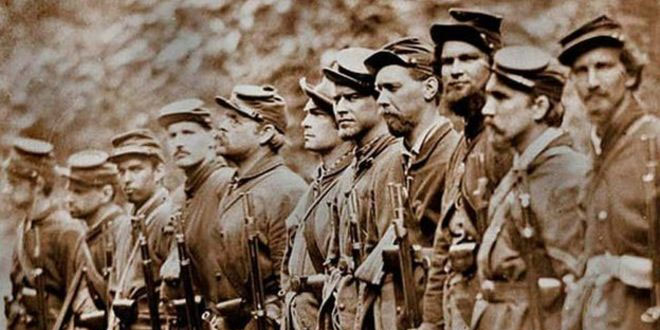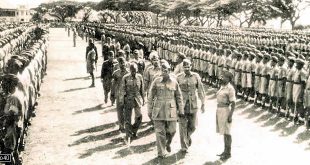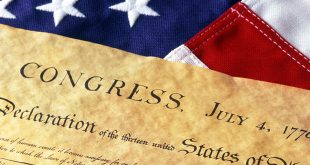Top 5 Causes of American Civil War
1. Economic & social differences between North and South
With Eli Whitney’s invention of the cotton gin in 1793, cotton became very profitable. This machine was able to reduce the time it took to separate seeds from the cotton. However, at the same time the increase in the number of plantations willing to move from other crops to cotton meant the greater need for a large amount of cheap labor, i.e. slaves. Thus, the southern economy became a one crop economy, depending on cotton and therefore on slavery. On the other hand, the northern economy was based more on industry than agriculture. In fact, the northern industries were purchasing the raw cotton and turning it into finished goods. This disparity between the two set up a major difference in economic attitudes. The South was based on the plantation system while the North was focused on city life. This change in the North meant that society evolved as people of different cultures and classes had to work together. On the other hand, the South continued to hold onto an antiquated social order.
2. States versus federal rights
Since the time of the Revolution, two camps emerged: those arguing for greater states rights and those arguing that the federal government needed to have more control. The first organized government in the US after the American Revolution was under the Articles of Confederation. The thirteen states formed a loose confederation with a very weak federal government. However, when problems arose, the weakness of this form of government caused the leaders of the time to come together at the Constitutional Convention and create, in secret, the US Constitution. Strong proponents of states rights like Thomas Jefferson and Patrick Henry were not present at this meeting. Many felt that the new constitution ignored the rights of states to continue to act independently. They felt that the states should still have the right to decide if they were willing to accept certain federal acts. This resulted in the idea of nullification, whereby the states would have the right to rule federal acts unconstitutional. The federal government denied states this right. However, proponents such as John C. Calhoun fought vehemently for nullification. When nullification would not work and states felt that they were no longer respected, they moved towards secession.
3. The fight between Slave and Non-Slave State Proponents
As America began to expand, first with the lands gained from the Louisiana Purchase and later with the Mexican War, the question of whether new states admitted to the union would be slave or free. The Missouri Compromise passed in 1820 made a rule that prohibited slavery in states from the former Louisiana Purchase the latitude 36 degrees 30 minutes north except in Missouri. During the Mexican War, conflict started about what would happen with the new territories that the US expected to gain upon victory. David Wilmot proposed the Wilmot Proviso in 1846 which would ban slavery in the new lands. However, this was shot down to much debate. The Compromise of 1850 was created by Henry Clay and others to deal with the balance between slave and free states, northern and southern interests. One of the provisions was the fugitive slave act that was discussed in number one above. Another issue that further increased tensions was the Kansas-Nebraska Act of 1854. It created two new territories that would allow the states to use popular sovereignty to determine whether they would be free or slave. The real issue occurred in Kansas where proslavery Missourians began to pour into the state to help force it to be slave. They were called “Border Ruffians.” Problems came to a head in violence at Lawrence Kansas. The fighting that occurred caused it to be called “Bleeding Kansas.” The fight even erupted on the floor of the senate when antislavery proponent Charles Sumner was beat over the head by South Carolina’s Senator Preston Brooks.
4. Growth of the Abolition Movement
Increasingly, the northerners became more polarized against slavery. Sympathies began to grow for abolitionists and against slavery and slaveholders. This occurred especially after some major events including: the publishing of Harriet Beecher Stowe’s Uncle Tom’s Cabin, the Dred Scott Case, John Brown’s Raid, and the passage of the fugitive slave act that held individuals responsible for harboring fugitive slaves even if they were located in non-slave states.
5. The election of Abraham Lincoln
Even though things were already coming to a head, when Lincoln was elected in 1860, South Carolina issued its “Declaration of the Causes of Secession.” They believed that Lincoln was anti-slavery and in favor of Northern interests. Before Lincoln was even president, seven states had seceded from the Union: South Carolina, Mississippi, Florida, Alabama, Georgia, Louisiana, and Texas.
 Kids Portal For Parents India Kids Network
Kids Portal For Parents India Kids Network







